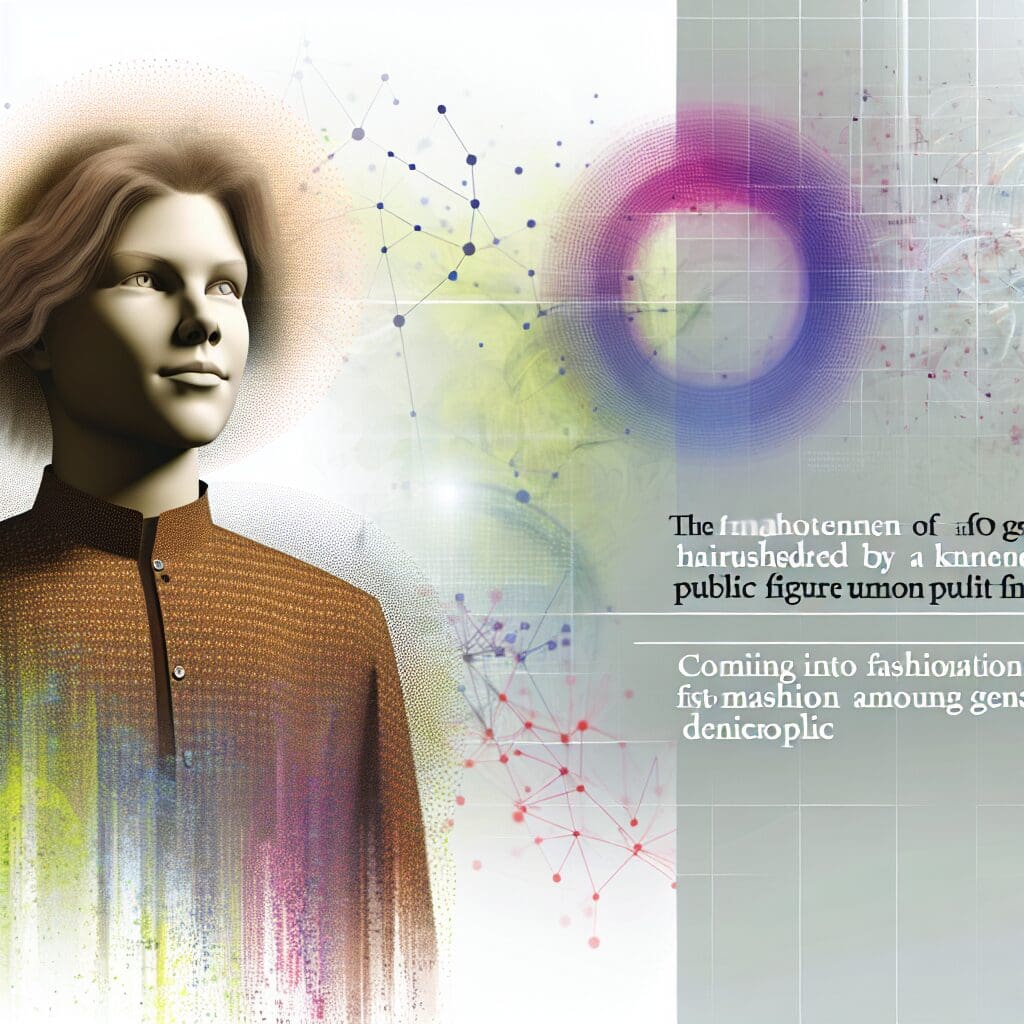How Kamala Harris’ Signature Tresses Became a Gen-Z Hit
Kamala Harris recently transformed the silk press hairstyle from a historical symbol of societal pressure into a beacon of self-expression for Gen-Z. During a candid discussion with actress Keke Palmer, a short clip of Harris sharing her hair care routine exploded on TikTok, leading to a viral moment where millions watched young Black women replicate her technique.
Once considered a style rooted in assimilation, the silk press offers a healthier alternative to chemical relaxers, which have faced scrutiny for their health risks. With the passing of the Crown Act in 26 states, prohibiting hair-based discrimination, younger generations are reclaiming hairstyles that were once stigmatized, viewing the silk press as a chic, versatile option for special occasions.
Harris’s prominence in politics makes her choice significant; it reflects ongoing expectations for women of color to conform to Western beauty standards. Experts believe her silk press serves as a tactical move—allowing her to navigate high-stakes environments with a familiar and culturally resonant style. It illustrates the balance minority women often negotiate between heritage and societal acceptance.
This resurgence of interest is remarkable; a single viral video can reignite an entire hairstyle’s popularity, especially among a demographic eager for representation. As the politics of appearance evolve, so does the narrative surrounding hair. The silk press, once an emblem of historical struggle, has now become a powerful expression of choice and identity for young Black women.












